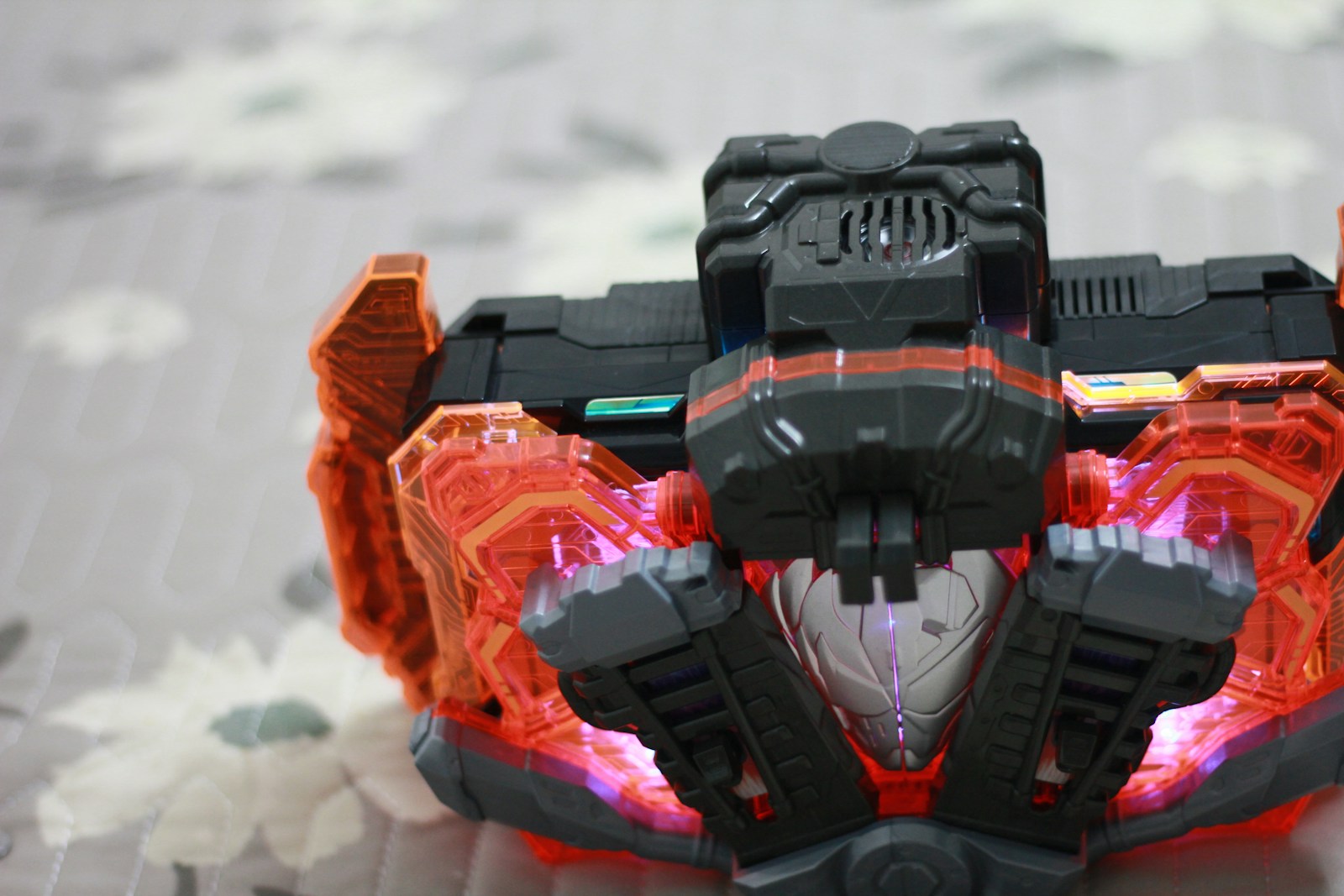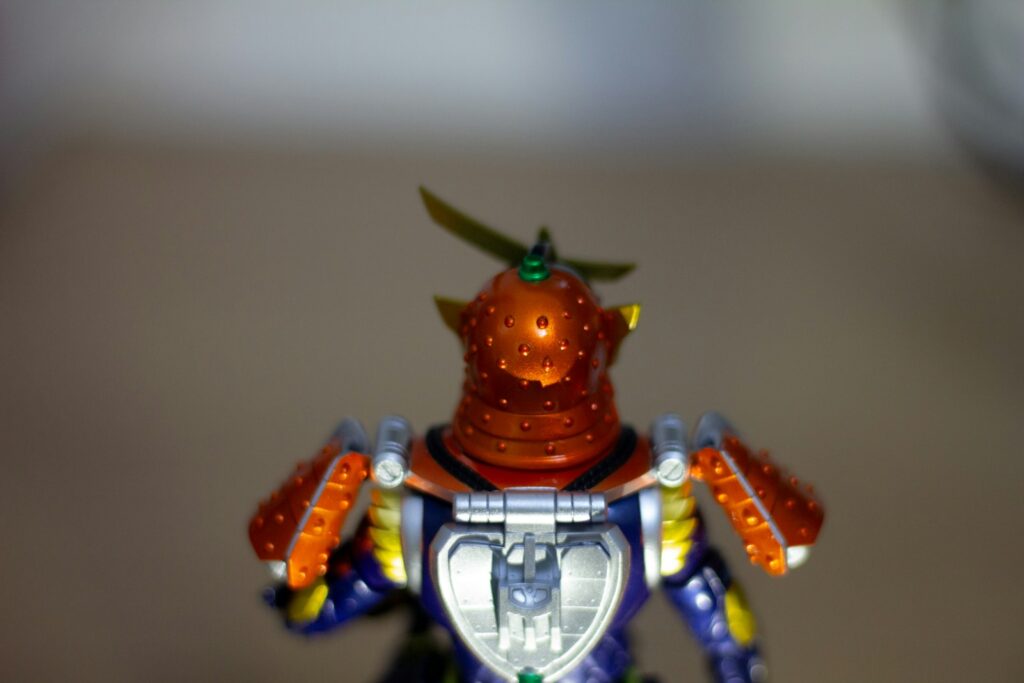Blogs
Gorlock the Destroyer: Misunderstood or Malevolent Force?
Gorlock: Misunderstood Being or True Malevolent Force?

The legend of Gorlock the Destroyer has long captured the imagination of both scholars and the general public. As debates rage on regarding whether Gorlock is a misunderstood entity or a truly malevolent force, insights into this enigmatic figure remain as critical as ever. In this article, we delve into the origins, historical accounts, societal impact, and perspectives surrounding Gorlock, aiming to reassess his legacy.
Examining Gorlock’s Origins and Intentions
The origins of Gorlock the Destroyer are shrouded in mystique and obscurity. Emerging from the annals of ancient lore, Gorlock’s story begins in the shadowy recesses of forgotten civilizations. According to prevailing myths, Gorlock was born under a blood-red moon, a cosmic alignment believed to endow him with unparalleled strength and foreboding purpose. Historians argue that these celestial circumstances played a crucial role in shaping Gorlock’s intentions, setting the stage for his complex legacy.
Gorlock’s intentions have been a subject of rigorous debate among scholars. Some argue that his actions were primarily driven by a perceived mandate to cleanse the world of corruption and decay. This perspective suggests that Gorlock viewed himself as a force of renewal, albeit through destructive means. Others contend that Gorlock’s intentions were far less noble, driven by a thirst for power and domination. These opposing views fuel the ongoing discourse about whether Gorlock was a misunderstood savior or a harbinger of chaos.
Despite varying interpretations of his origins and intentions, Gorlock’s story is undeniably entwined with the fabric of history. The duality of Gorlock’s character—both creator and destroyer—resonates with the archetype of the tragic hero. This complexity invites a deeper exploration of whether Gorlock’s actions were a reflection of intrinsic malevolence or a misunderstood quest for redemption. As we navigate through historical accounts, this duality remains a central theme in understanding Gorlock’s true nature.
Historical Accounts of Gorlock’s Actions
Historical texts offer a mixed depiction of Gorlock’s actions, each account seemingly contradicting the last. In certain chronicles, Gorlock is portrayed as a cataclysmic force, leaving behind trails of devastation that reshaped landscapes and societies. These accounts speak of cities razed to the ground, entire populations displaced, and cultures irrevocably altered. Critics of Gorlock argue that these actions were emblematic of a conqueror who left ruin in his wake, pursuing an insatiable lust for destruction.
Conversely, other narratives cast Gorlock in a more sympathetic light. These stories emphasize moments where Gorlock’s interventions led to renewed hope and prosperity. In some instances, Gorlock is depicted as a figure who dismantled tyrannical regimes, liberating oppressed peoples and restoring balance to power structures. Supporters cite these instances as evidence of Gorlock’s misunderstood intentions, suggesting that his actions, albeit destructive, were ultimately aimed at instigating positive change.
It is crucial to recognize the variances in these historical accounts as reflections of the era’s biases and limitations. The lack of contemporary documentation and the reliance on oral traditions make it difficult to ascertain the full scope of Gorlock’s actions. As historians continue to unearth new evidence and reinterpret existing records, the true nature of Gorlock’s legacy remains an enigma, open to interpretation and debate.
Perspectives: Villain or Victim of Circumstance?
The question of whether Gorlock the Destroyer is a villain or a victim of circumstance is a divisive one, with compelling arguments on both sides. Those who view Gorlock as a villain cite the sheer scale of destruction attributed to his name. To them, Gorlock embodies the archetype of unchecked ambition and cruelty, wielding his power without regard for the consequences. These critics argue that his actions speak for themselves, painting a portrait of an unequivocal malevolence.
However, proponents of the alternative view posit that Gorlock may have been a victim of circumstance, driven to his actions by forces beyond his control. They point to the societal conditions that prevailed during Gorlock’s time, suggesting that he might have been a product of an era rife with conflict and turmoil. Under this lens, Gorlock’s actions can be seen as a response to external pressures, a desperate attempt to navigate a world teetering on the brink of collapse.
Ultimately, the debate over Gorlock’s nature is emblematic of broader discussions about the complexity of historical figures. It forces us to consider the extent to which individuals are shaped by their environments and the multifaceted nature of good and evil. As we strive to understand Gorlock’s motivations, it becomes apparent that the dichotomy of villain or victim may oversimplify the intricacies of his character.
Analyzing Gorlock’s Impact on Society
The impact of Gorlock the Destroyer on society is a multifaceted topic, reflecting both the tangible and intangible consequences of his actions. On a tangible level, Gorlock’s legacy is evident in the transformed landscapes and societal structures left in his wake. Formerly thriving cities were reduced to ruins, necessitating the rebuilding of communities from the ground up. This process of reconstruction, though arduous, often led to the development of new societal norms and innovations.
On an intangible level, Gorlock’s influence permeates cultural and philosophical discourse. He has become a symbol of the duality of creation and destruction, inspiring countless works of art, literature, and philosophy. Gorlock’s story serves as a cautionary tale, a reminder of the potential for both ruin and renewal inherent in acts of destruction. This dual symbolism underscores the complexity of his impact, shaping societal perceptions of power, morality, and redemption.
Furthermore, Gorlock’s enduring legacy prompts reflection on the cyclical nature of history, as societies grapple with the balance between progress and preservation. His actions serve as a lens through which we examine contemporary challenges, encouraging debates about the ethical implications of power and the responsibilities of leadership. As we continue to analyze Gorlock’s impact, it becomes clear that his influence extends far beyond the confines of his own era, resonating with the timeless quest for understanding and meaning.
Conclusion: Reassessing Gorlock’s Legacy
Reassessing the legacy of Gorlock the Destroyer necessitates a nuanced approach that transcends simplistic categorizations. While historical accounts and interpretations offer varied perspectives, the true essence of Gorlock’s legacy lies in the enduring questions his story raises. Was Gorlock a misunderstood entity, striving for a greater good through unconventional means? Or was he an inherently malevolent force, driven by a desire for chaos and domination?
Ultimately, the legacy of Gorlock the Destroyer is a testament to the complexity of history and the human condition. It challenges us to reconsider our preconceived notions of good and evil, urging us to explore the intricate interplay between intention and action. As new evidence comes to light and scholarly interpretations evolve, Gorlock’s story remains a captivating enigma, inviting ongoing exploration and debate.
As we continue to explore the life and legacy of Gorlock the Destroyer, the lines between hero and villain blur, prompting us to reflect on the multifaceted nature of power, morality, and redemption. Gorlock’s story serves as a timeless reminder of the complexities inherent in the human experience, encouraging us to embrace the ambiguities of history and the potential for transformation.
Conclusion
In examining Gorlock the Destroyer, we uncover a rich tapestry of myth, history, and philosophy. His legacy challenges our perceptions and invites ongoing dialogue, ensuring that his story will continue to captivate and inspire future generations.

-

 Resources4 years ago
Resources4 years agoWhy Companies Must Adopt Digital Documents
-

 Resources3 years ago
Resources3 years agoA Guide to Pickleball: The Latest, Greatest Sport You Might Not Know, But Should!
-

 Resources3 months ago
Resources3 months agoTOP 154 Niche Sites to Submit a Guest Post for Free in 2025
-

 Resources3 months ago
Resources3 months ago50 Best AI Free Tools in 2025 (Tried & Tested)
